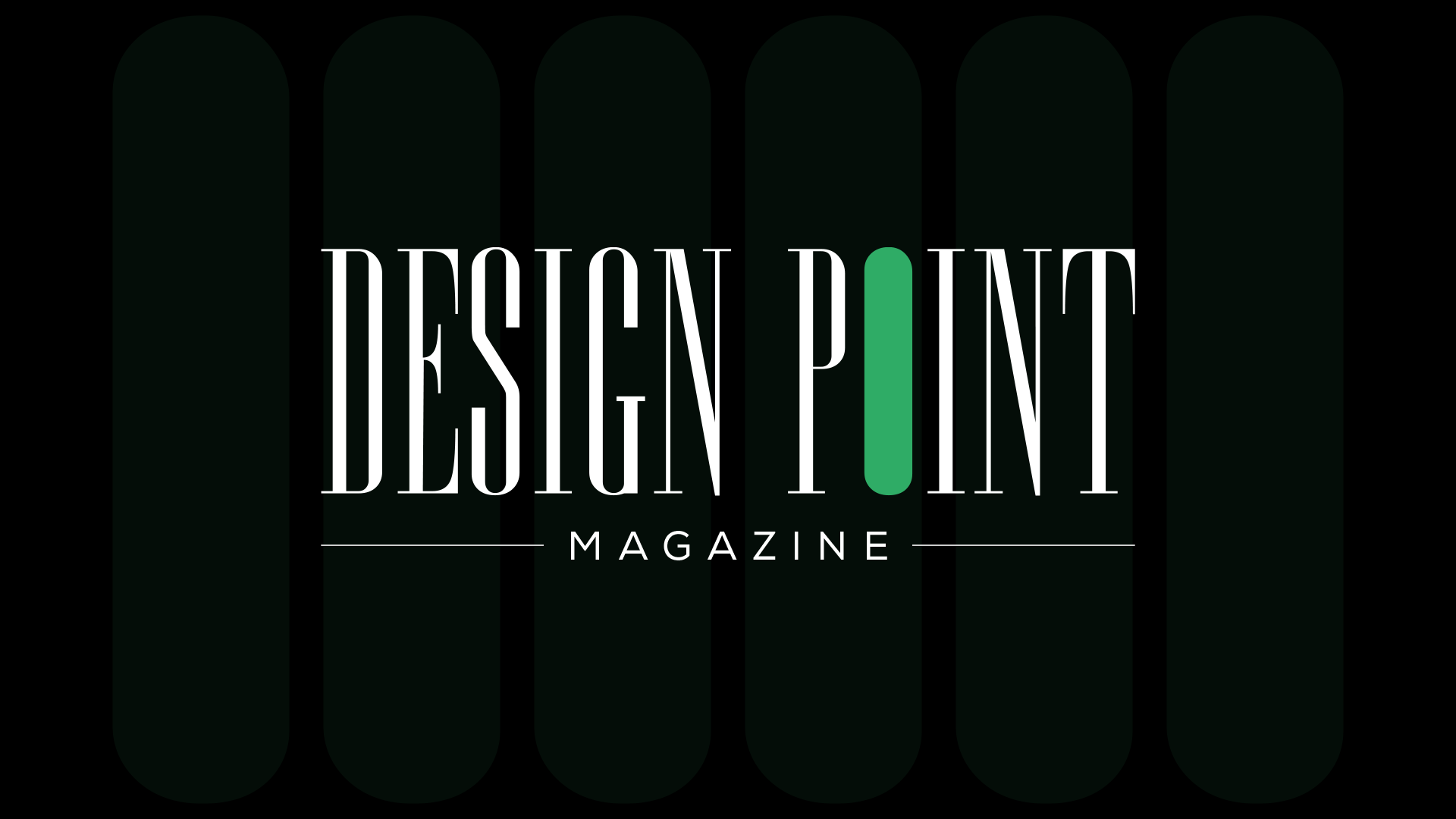Five minutes is rarely an eternity, but it’s a lot more time than you think.
I experienced this in Tokyo in meetings with the CEO of a multi-billion-dollar company.
The meetings ran with an engineer’s precision. My allotment for the creative proposals was usually 5 minutes — no more. No less.
You learn to tell a story with a Hemingway-like economy of words. You need a one-sentence emotional hook. You then need to solve that problem or meet that challenge with the remaining four minutes. With some visual aids, iconic work, and simplicity of language, you can make that five minutes feel like the perfect amount of time.
You still need an idea. And you now must acquire a new skill: prompting precision.
This past week in Amsterdam, our TBWAGLP Wright Academy rising executives had 48 hours to go from actual client brief to live client pitch. That’s 2,880 minutes. An eternity compared to five minutes, yet somehow, two days to get to a breakthrough seems impossible.
And yet, as ol’ Nelson Mandela reminds us, “It always seems impossible until it’s done.”
I kid you not, I sat in the audience and watched our young managers showcase four distinct and wonderful brand campaigns that were nearly at the level of polish as pitches that usually take weeks.
Was it AI?
Lol.
Sure, AI helps. It helps in the way a chainsaw makes cutting down a tree faster than a human swinging an axe, but you still need the idea for the log cabin, which necessitates the tree felling in the first place.
Ah, the idea. Yes. That’s the thing that takes a wee bit of time. But once you have that, you gain momentum and from momentum, speed, and from speed to a sprint to the finish line.
But back to time. How did these people manage their time?
There was a kind of “7 Stages of Brief.” (A phrase coined by my colleague, Jason Karley.) But once they all reached a kind of “acceptance” of the task, they started to go from admiring the problem to creating opportunity.
Where’s the data? What’s the insight? What to do with that insight?
What if?
Why not?
LFG!
Then edit, reduce, rehearse, and pitch.
I know I make it sound so logical and sequential here. But it does mirror what actually happens. (It’s the midnight messiness and overthinking that happens the night before the pitch that’s not so logical, but for whatever reason, necessary!)
Now, coming back to what I saw on pitch day. It was clear: with the right tools, both mental in the form of frameworks, and some computing power, amazing things can happen quickly.
Including a short film brought to life in Veo3.
But it ain’t the tools. It’s the architects and craftspeople.
You still need an idea. And you now must acquire a new skill: prompting precision.
Which brings me back to time.
It’s amazing what you can achieve in 48 hours.
Or five minutes.
What can you do?
Tick, tock.
Rob Schwartz is the Chair of the TBWA New York Group and an executive coach who channels his creativity, experience and wisdom into helping others get where they want to be. This was originally posted on his Substack, RobSchwartzHelps, where he covers work, life, and creativity.
Header image by Andrej Lišakov for Unsplash+.
The post In No Time appeared first on PRINT Magazine.

